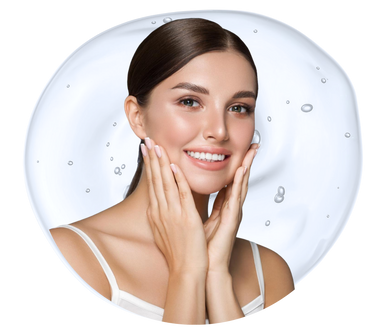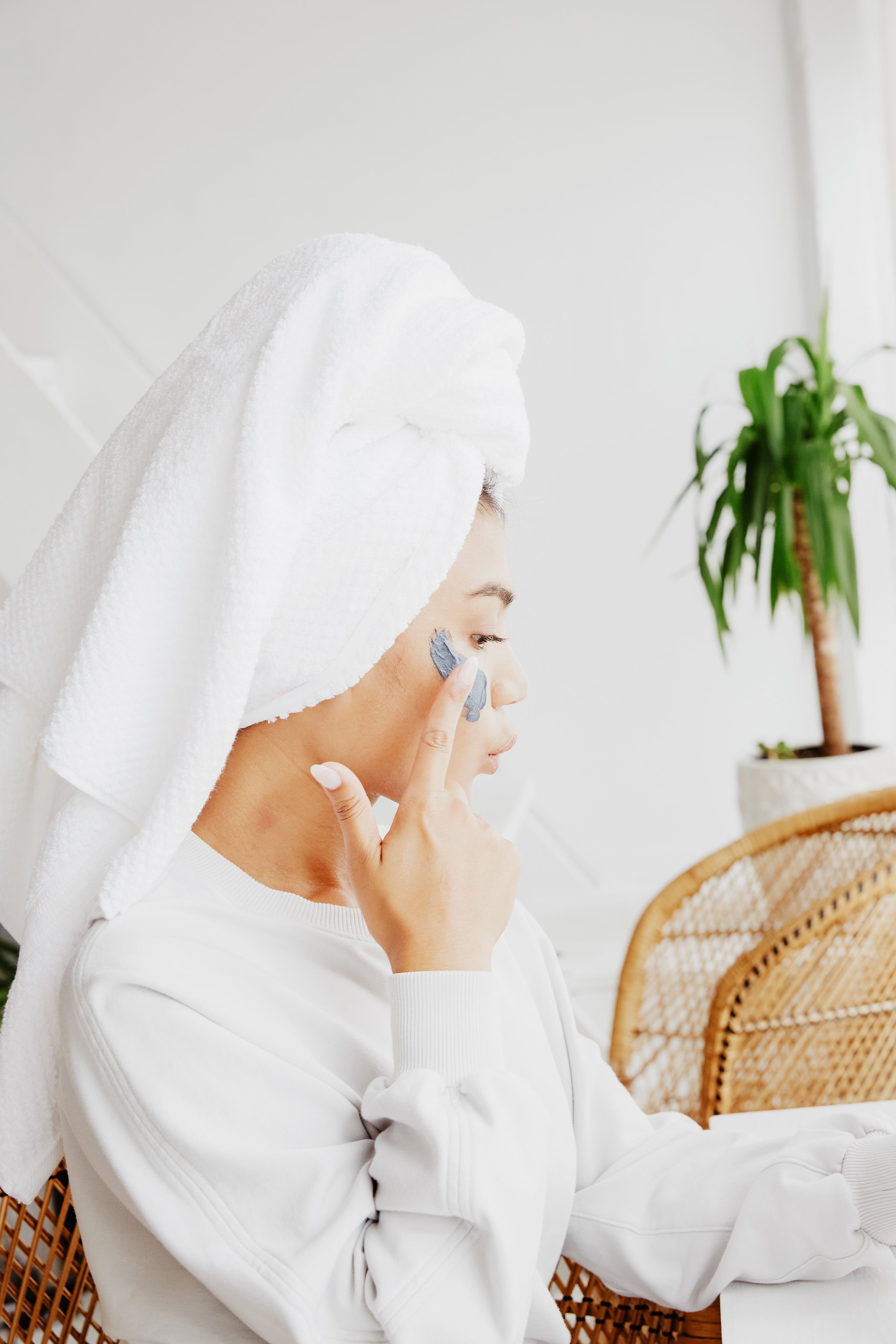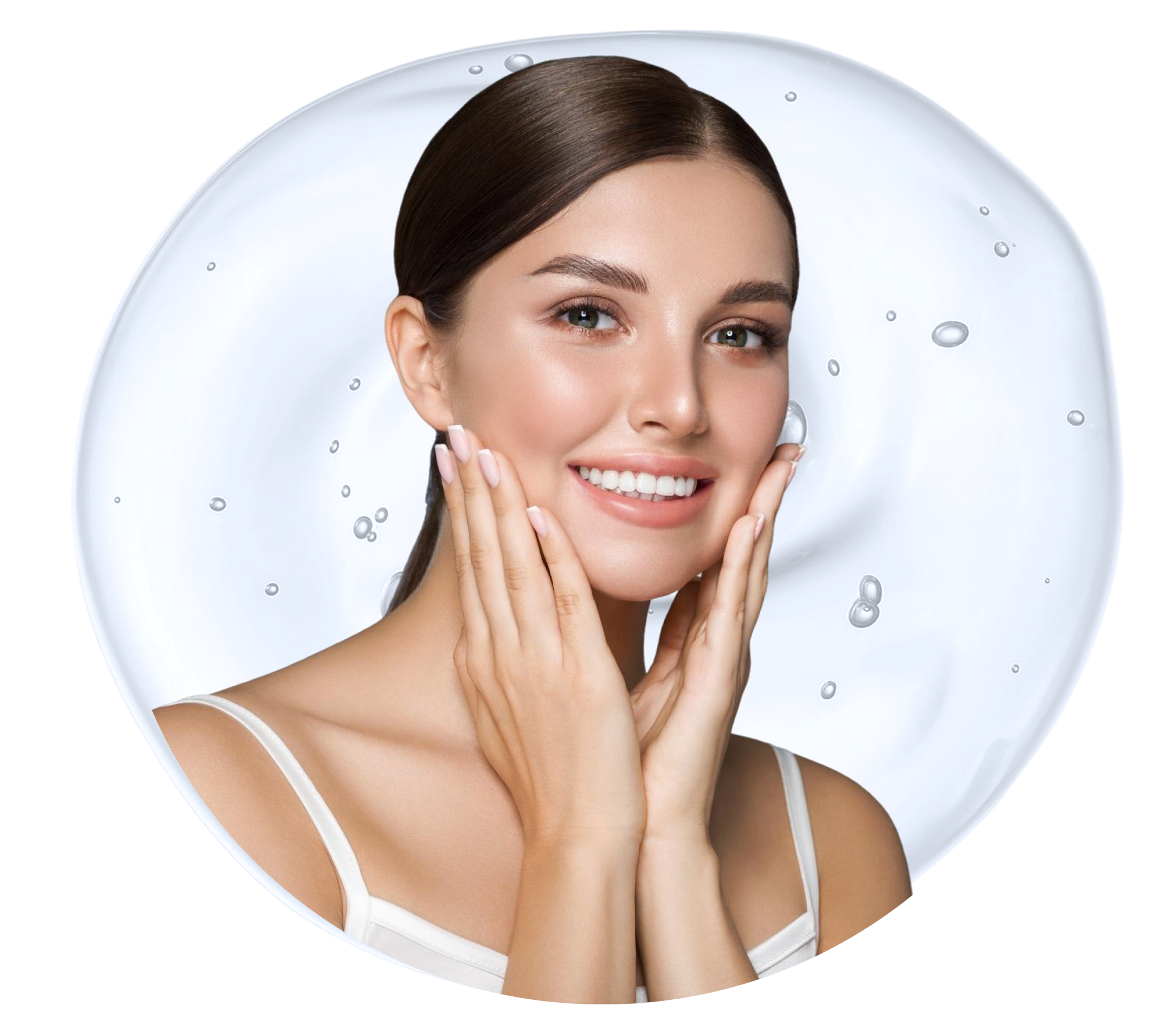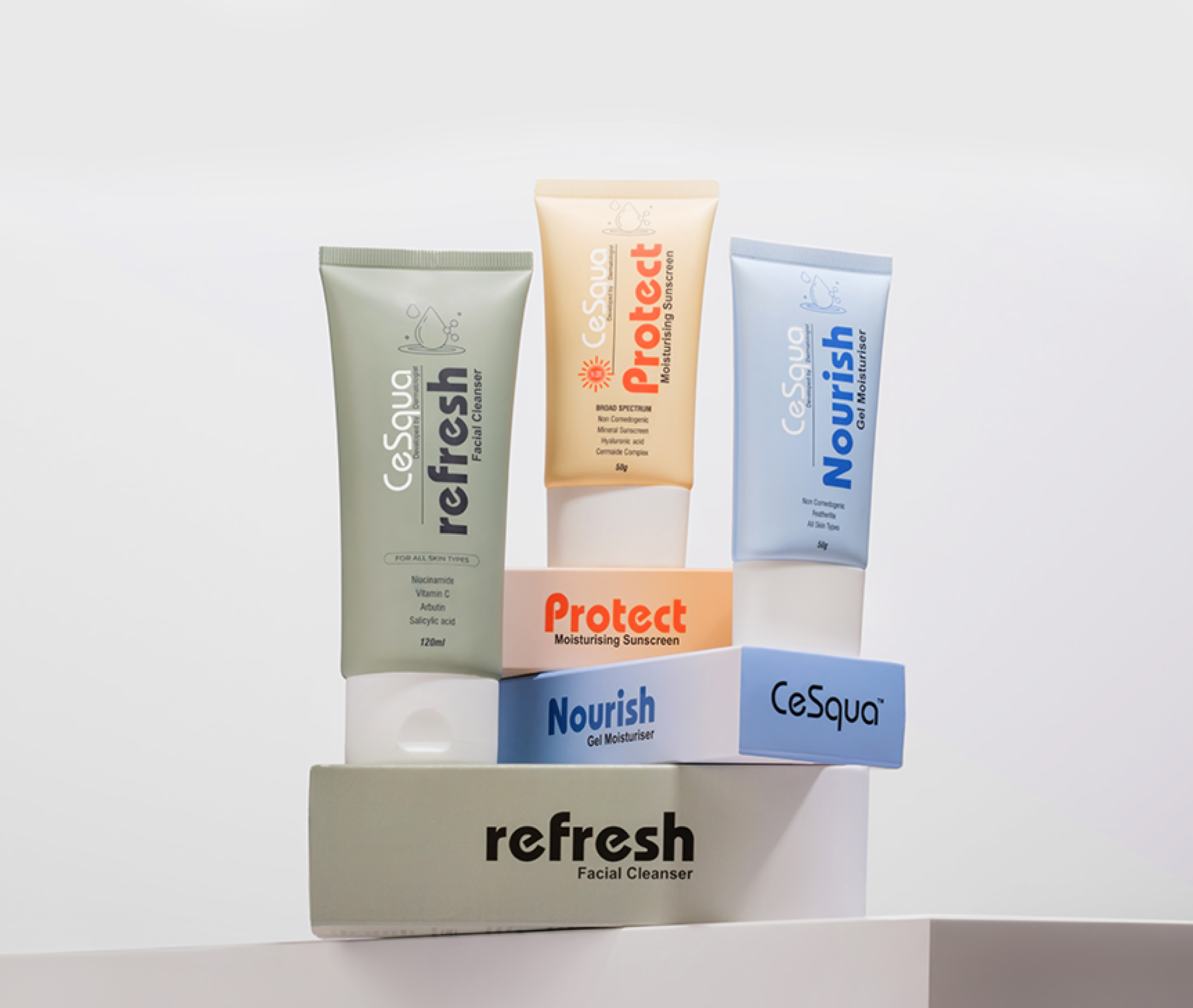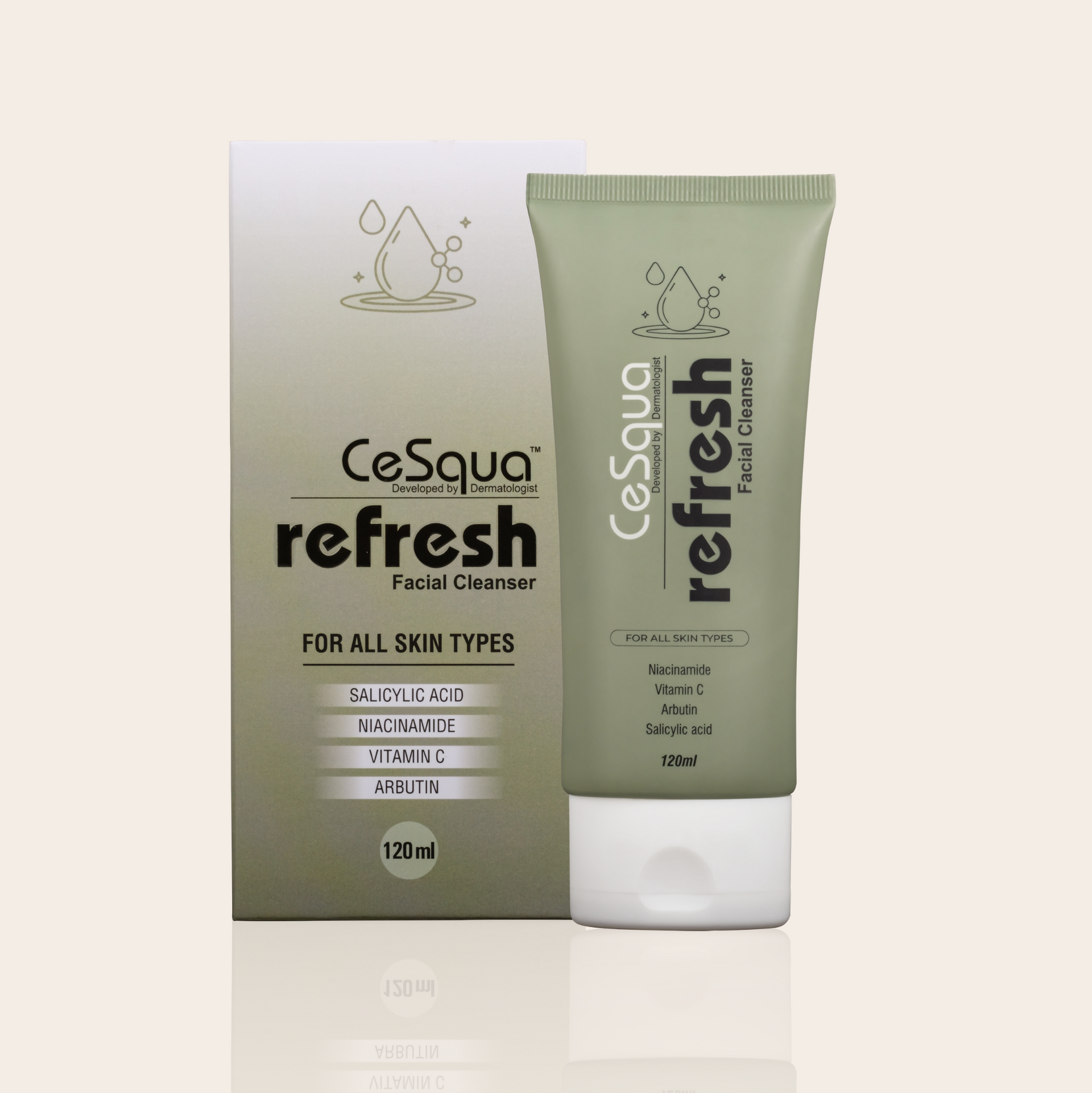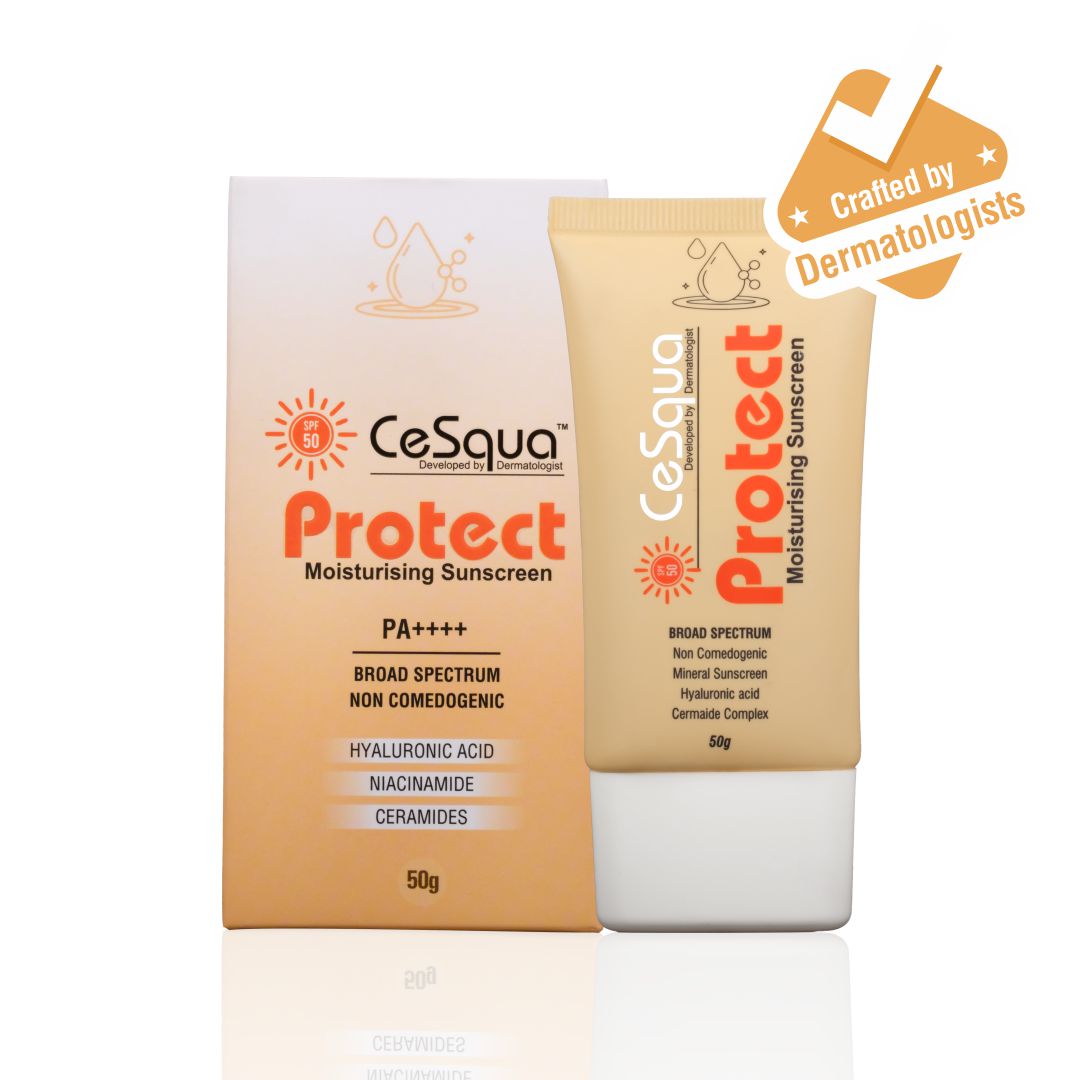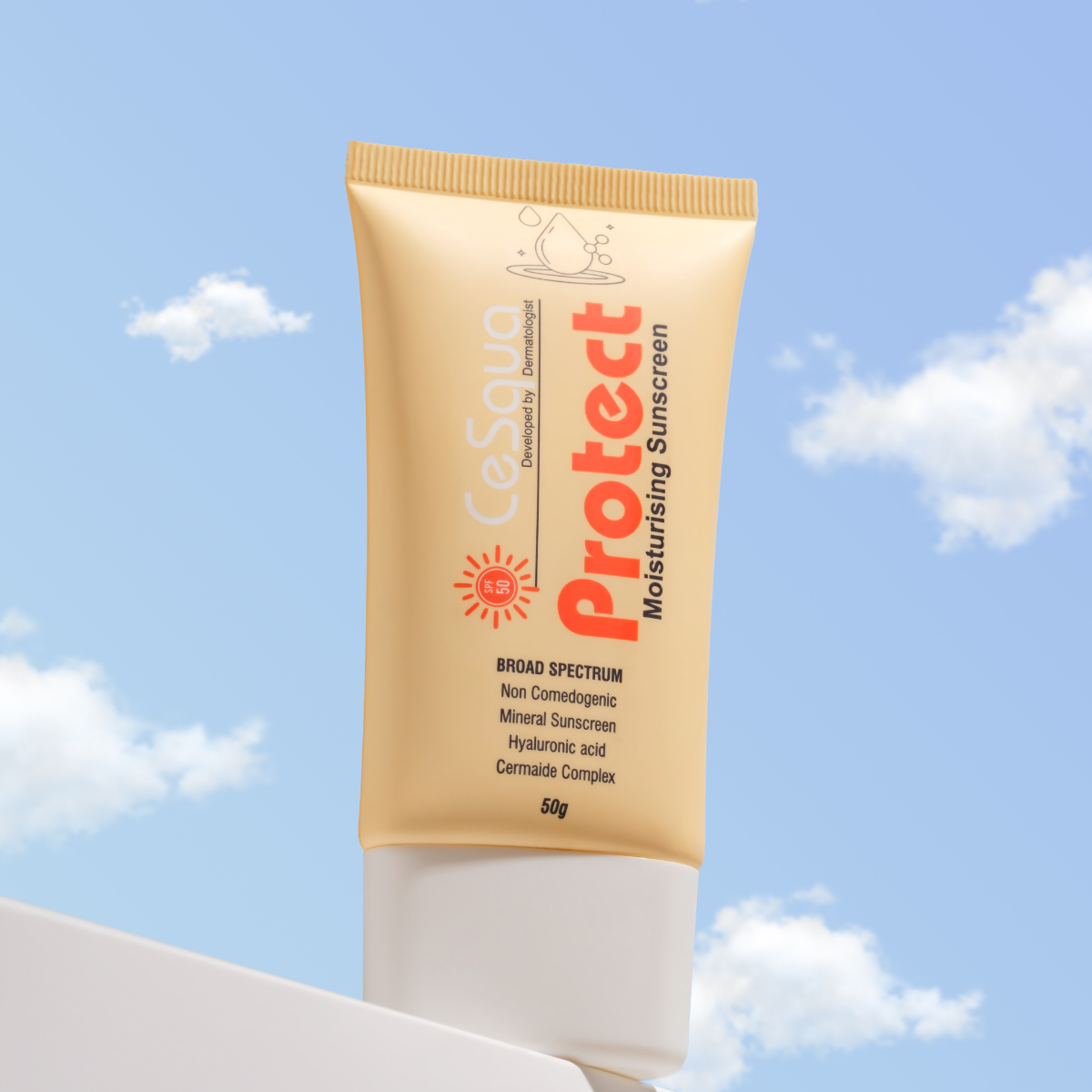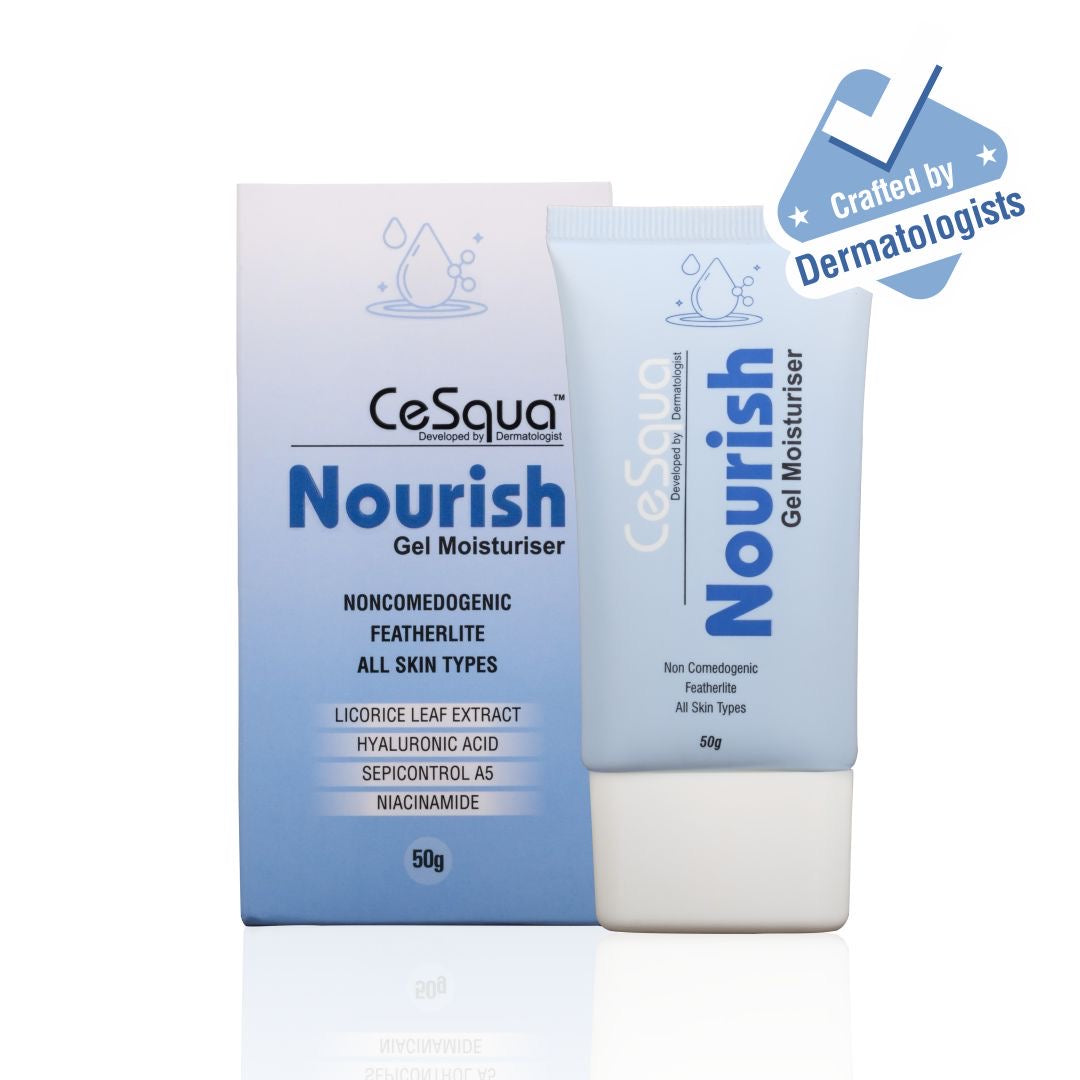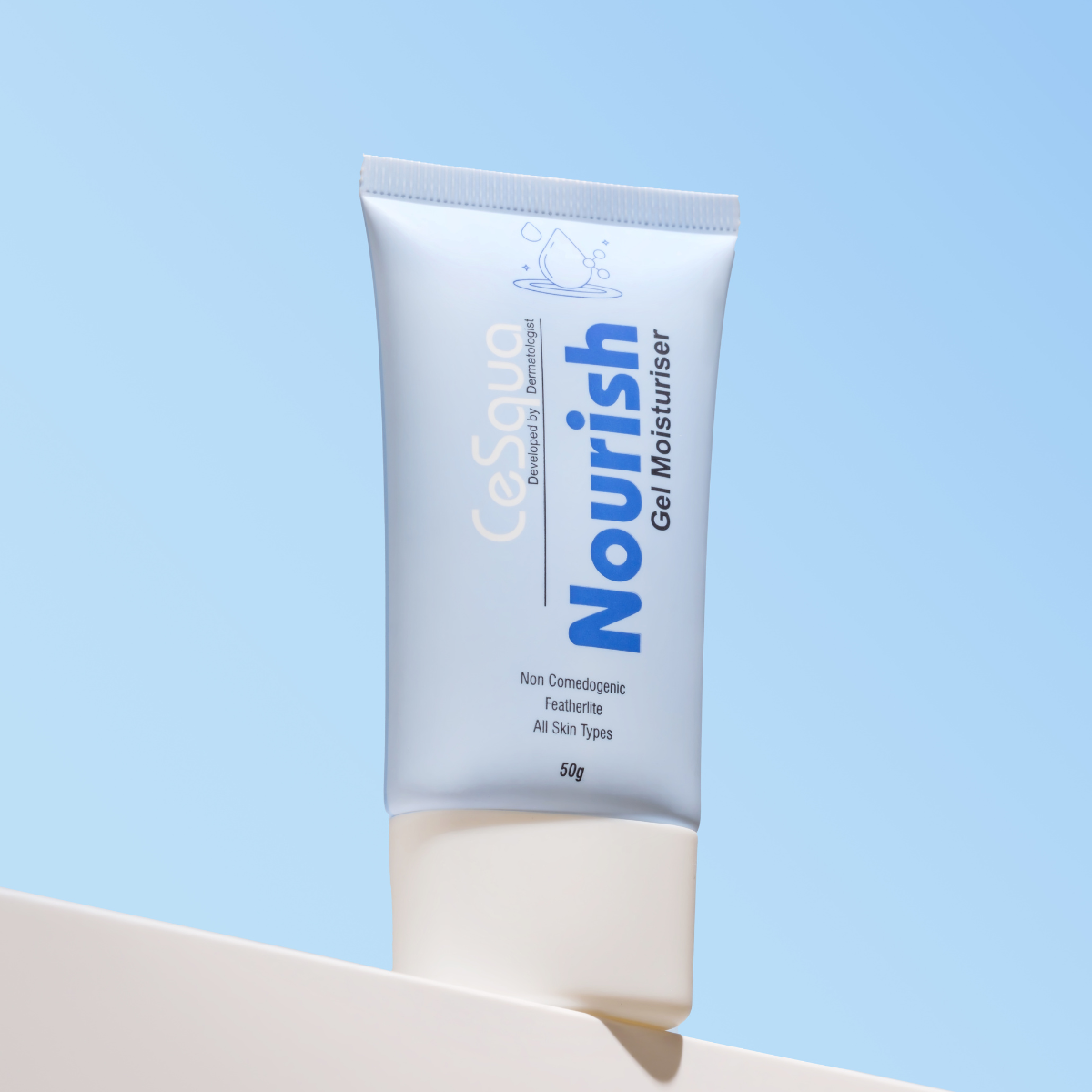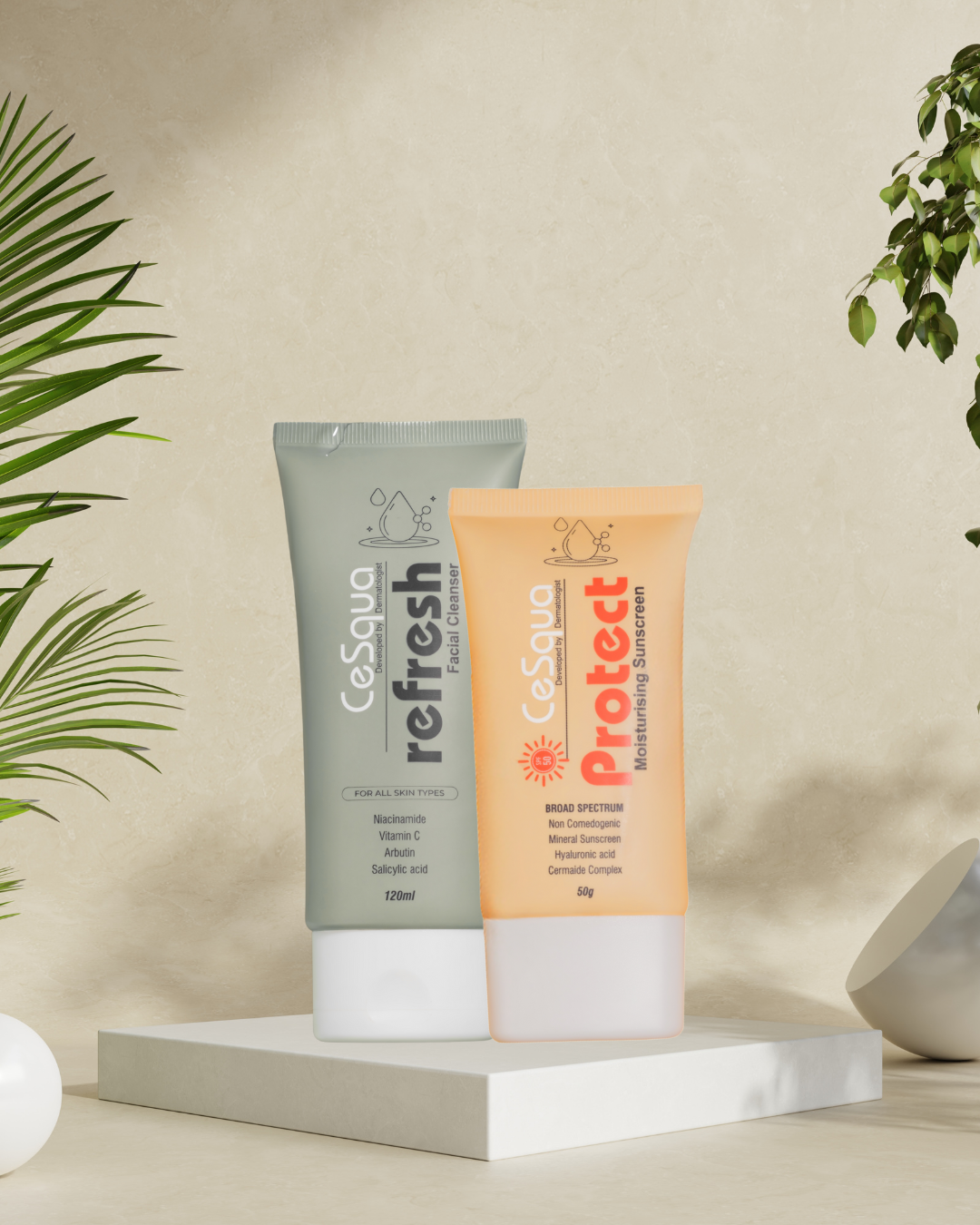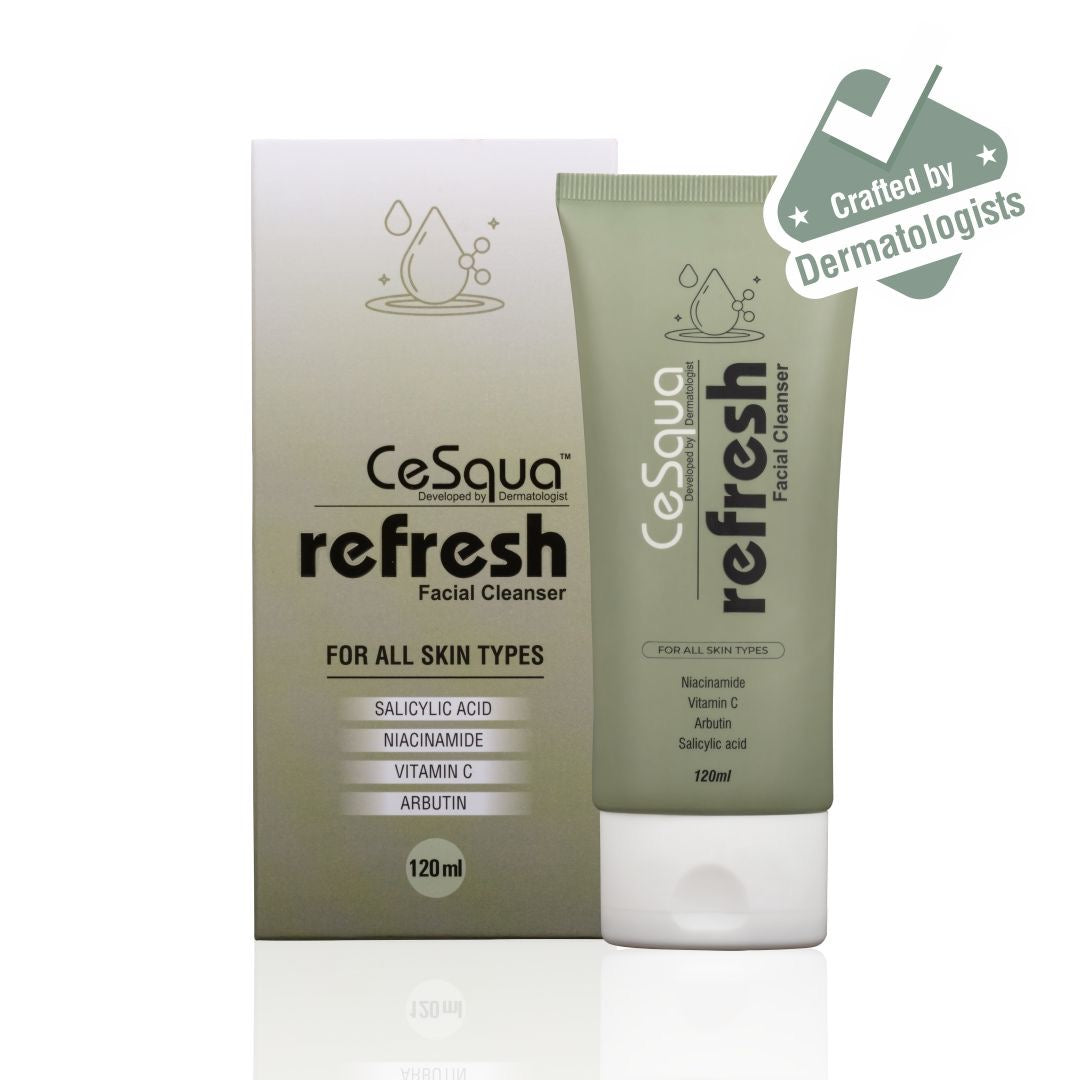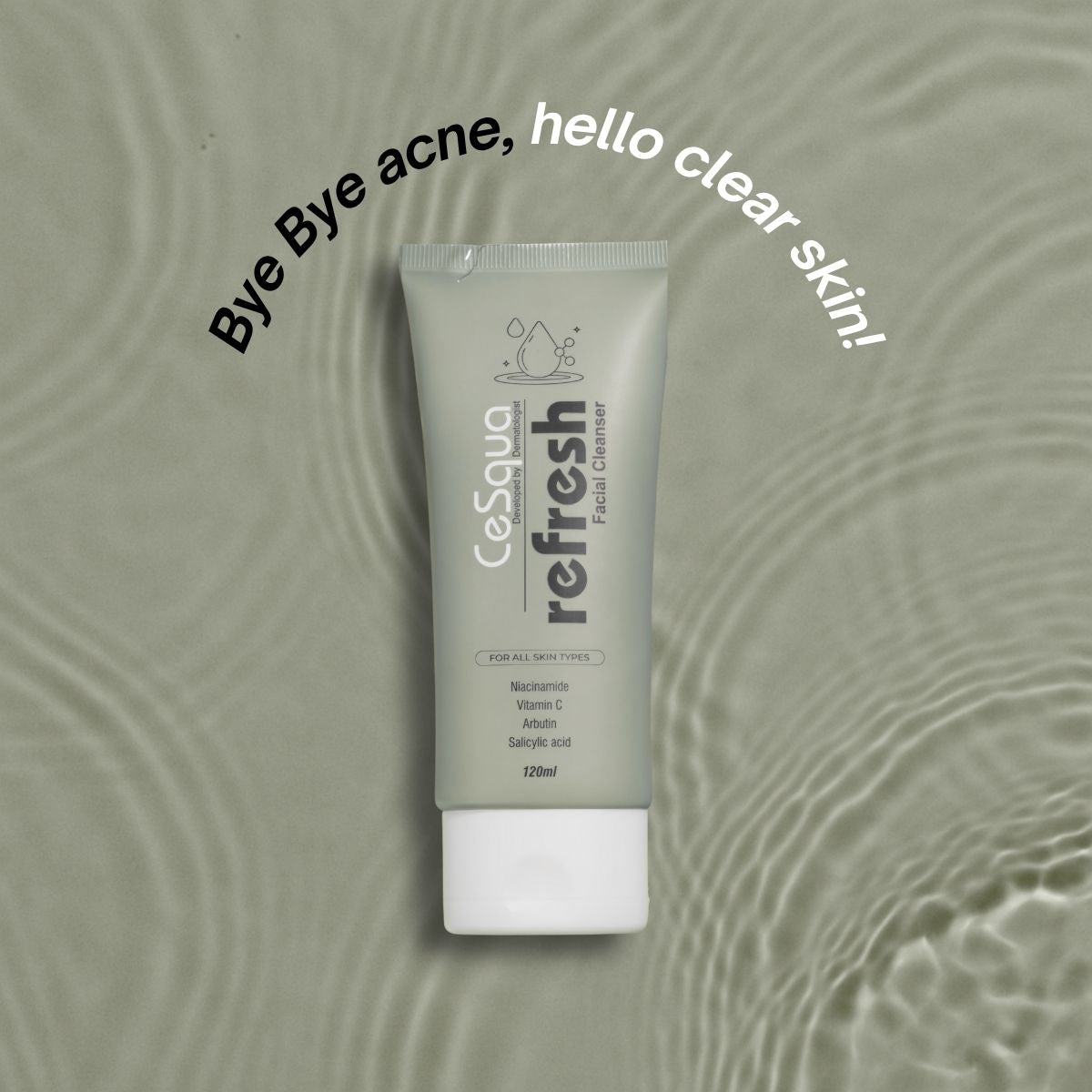The Ultimate Guide to Skincare Textures: Choosing Your Ideal Vehicle
The performance of any skincare ingredient is critically linked to the texture, or "vehicle," that delivers it to your skin. To achieve the best results without unwanted greasiness or peeling, it is essential to select a vehicle that aligns with your skin type, specific concerns, local climate, and the other products in your daily routine.
Find Your Perfect Skincare Match
For Very-Oily, Acne-Prone Skin in Hot, Humid Climates
If you have very oily, acne-prone skin and live in a hot, humid environment, your primary concern is managing sebum and clogged pores. The best approach is to use an oil-free vehicle that provides hydration without blocking pores.
- Best vehicle for FACE: A gel moisturiser.
- Pair with cleanser: Use a low-pH gel or foam wash.
- Pair with sunscreen: Opt for a gel-cream or water-based SPF 30–50.
- Night-time tweak: If your skin barrier feels tight, add a thin lotion.
- Body care tip: Apply a light body gel-lotion after showering.
For Combination Skin in Humid Conditions or Air-Conditioned Offices
For those with an oily T-zone and dry cheeks, the goal is to balance shine and dry patches. A vehicle with a balanced water-to-oil ratio is ideal.
- Best vehicle for FACE: A lotion in the morning.
- Pair with cleanser: Choose a syndet or gentle foam cleanser.
- Pair with sunscreen: A fluid lotion SPF 50 works well.
- Night-time tweak: At night, swap to a cream on your cheeks.
- Body care tip: Use a regular lotion, adding cream to extra-dry areas like elbows and knees.
For Dry, Sensitive Skin in Cool, Dry Climates or Strong A/C
If your skin is dry and sensitive, your main concerns are tightness, redness, and barrier repair. You need a vehicle rich in occlusive lipids to seal in water and provide soothing benefits.
- Best vehicle for FACE: A cream for both day and night use.
- Pair with cleanser: A creamy, non-foaming cleanser is best.
- Pair with sunscreen: Use a rich SPF 30, which can be in lotion or cream form.
- Night-time tweak: Apply a thick cream or a layer of petrolatum (slugging).
- Body care tip: Immediately after towel-drying, apply a thick body butter or cream.
For Pigmentation or Melasma-Prone Skin in Tropical Sun
The goal here is an even skin tone with minimal white cast. This requires a serum to deliver brightening actives and a separate vehicle for hydration.
- Best vehicle for FACE: A serum for actives, followed by a gel or lotion for hydration.
- Pair with cleanser: A gentle gel wash that contains antioxidants.
- Pair with sunscreen: Use a tinted lotion with SPF 50 PA++++, which contains iron oxide.
- Night-time tweak: Alternate between a retinoid serum and a light lotion.
- Body care tip: Use a body lotion containing both SPF and niacinamide.
For Mature or Photo-Aged Skin in Variable Climates
For skin dealing with lines and dullness, the routine should focus on delivering powerful actives and then locking in moisture to plump the skin.
- Best vehicle for FACE: A serum containing retinoids or peptides, followed by a cream.
- Pair with cleanser: A milk or oil-gel cleanser.
- Pair with sunscreen: A silky lotion with SPF 50 and antioxidants is ideal.
- Night-time tweak: Use a peptide cream and add an occlusive balm on crow’s feet.
- Body care tip: Apply a firming lotion with AHAs two to three times per week.
For Post-Procedure or Highly Reactive Skin
If your skin is healing or highly reactive, you may experience heat and stinging. The focus should be on cooling and hydrating the skin without friction.
- Best vehicle for FACE: A mist followed by a gel-cream.
- Pair with cleanser: Use micellar water or a very mild gel cleanser.
- Pair with sunscreen: Gently pat on a mineral SPF 30 stick or fluid; do not rub.
- Night-time tweak: Apply a thick cream, but only on flaky spots.
- Body care tip: Use a fragrance-free cream on any treated areas.
A Deeper Look at Skincare Vehicles
Gel
- Texture: A water-glycerin matrix with minimal oil.
- Pros: Feels feather-light, absorbs in about 30 seconds, and won’t clog pores.
- Cons: Offers limited occlusion and should be layered in air-conditioned settings or during winter.
- Pairs well with: Water-based serums, followed by the gel, and then a fluid sunscreen.
Cream
- Texture: High-oil emulsions that may also contain butters and silicones.
- Pros: The best option for barrier repair and for trapping active ingredients overnight.
- Cons: Can feel heavy in hot weather and may cause breakouts on oily skin.
- Pairs well with: A retinoid serum sealed with a cream, or a mineral cream SPF in cold climates.
Lotion
A good moisturizing lotion is often the perfect starting point for many skin types.
- Texture: Medium-weight products with a formula of about 60% water and 40% oil.
- Pros: Offers an everyday "Goldilocks" feel and spreads quickly.
- Cons: Might still create shine on very oily skin in high humidity.
- Pairs well with: An antioxidant serum, followed by the lotion, and then a broad-spectrum SPF 50.
Serum
- Texture: A low-viscosity base containing a high concentration of active ingredients (5% or more).
- Pros: Delivers high concentrations of actives deep into the skin and can be layered under any moisturiser.
- Cons: Always requires a topcoat and can pose a risk of irritation if used without a buffer.
- Pairs well with: A gentle cleanser, followed by the serum, then a gel or lotion, and finally SPF.
Mist / Essence
- Texture: Humectant-rich water sprays that often contain soothing botanicals.
- Pros: Provides instant hydration and can be applied over makeup or after a workout.
- Cons: Evaporates quickly and must always be sealed in with another vehicle.
- Pairs well with: Can be applied before a serum/gel, or used for a mid-day refresh over sunscreen.
How Vehicles Interact with Your Routine
Cleanser to Moisturiser Connection
The type of face wash you use can influence your moisturiser choice. Foaming or gel cleansers are well-suited for oily skin and should be followed by a gel or lotion. In contrast, creamy cleansers leave a lipid film on the skin, meaning a lighter gel or serum might be all you need afterwards.
Moisturiser and Sunscreen Harmony
To ensure an even application and prevent pilling, it's important to match your moisturiser to your sunscreen.
- Fluid chemical SPF: These sunscreens work best when applied over a gel or lotion.
- Mineral/tinted SPF: To avoid a white cast or pilling, apply it over a serum that has been topped with a gel.
- Rich cream SPF: When using a rich sunscreen, applying only a lightweight serum beforehand is ideal.
Choosing the Right Base for Actives
The vehicle is also crucial for the effective delivery of active ingredients.
- Retinoids / Retinal: Typically found in an anhydrous serum or a cream. Start by applying every third night and buffer with cream if stinging occurs.
- AHAs/BHAs: Usually delivered in a water-gel lotion or serum. Follow up with a gel or light lotion to prevent dehydration.
- Vitamin C (ascorbic / MAP): Often formulated in a water-based serum. Layer with a lotion and then SPF.
- Niacinamide / Azelaic Acid: Found in a gel-cream or serum and doesn't require a heavy seal.
- Ceramides / Peptides: Best delivered in a cream or lotion to improve penetration, especially at bedtime.
Face vs. Body: Adjusting the Vehicle
Facial skin often requires lighter textures to prevent shine. Body skin is thicker and loses more moisture, making lotions suitable for summer and richer creams or butters necessary for winter. For best results, apply body moisturiser within three minutes of showering to lock in dampness.
Example Routines
For Hot, Humid, Acne-Prone Skin
- Begin with a low-pH gel cleanser.
- Apply a Niacinamide 10% serum.
- Follow with an oil-free gel moisturiser.
- Use a water-light SPF 50 PA++++.
- Refresh with mid-day hydrating mist touch-ups.
For Dry Skin, Early 30s with Fine Lines
Morning:
- Start with a creamy cleanser.
- Apply an antioxidant vitamin C serum.
- Use a silky lotion moisturiser.
- Finish with a moisturising cream sunscreen with SPF 50.
Night:
- Use the same cleanser.
- Apply a 0.3% retinal serum.
- Finish with a barrier cream, applying an extra layer to the cheeks (slugging).
The Bottom Line
When building a skincare routine, choose the vehicle first and the ingredient second. Gels are excellent for keeping oily skin comfortable in the heat. Lotions provide a perfect balance for combination skin. Creams are essential for rescuing a compromised barrier or winter dryness. Serums act as your treatment engines but must be sealed in, while mists can offer a refresh but need to be locked in to be effective. By matching each step of your routine—from cleanser to moisturizer to sunscreen—with the right vehicle for your skin type and climate, you will achieve better results without greasiness or peeling.

